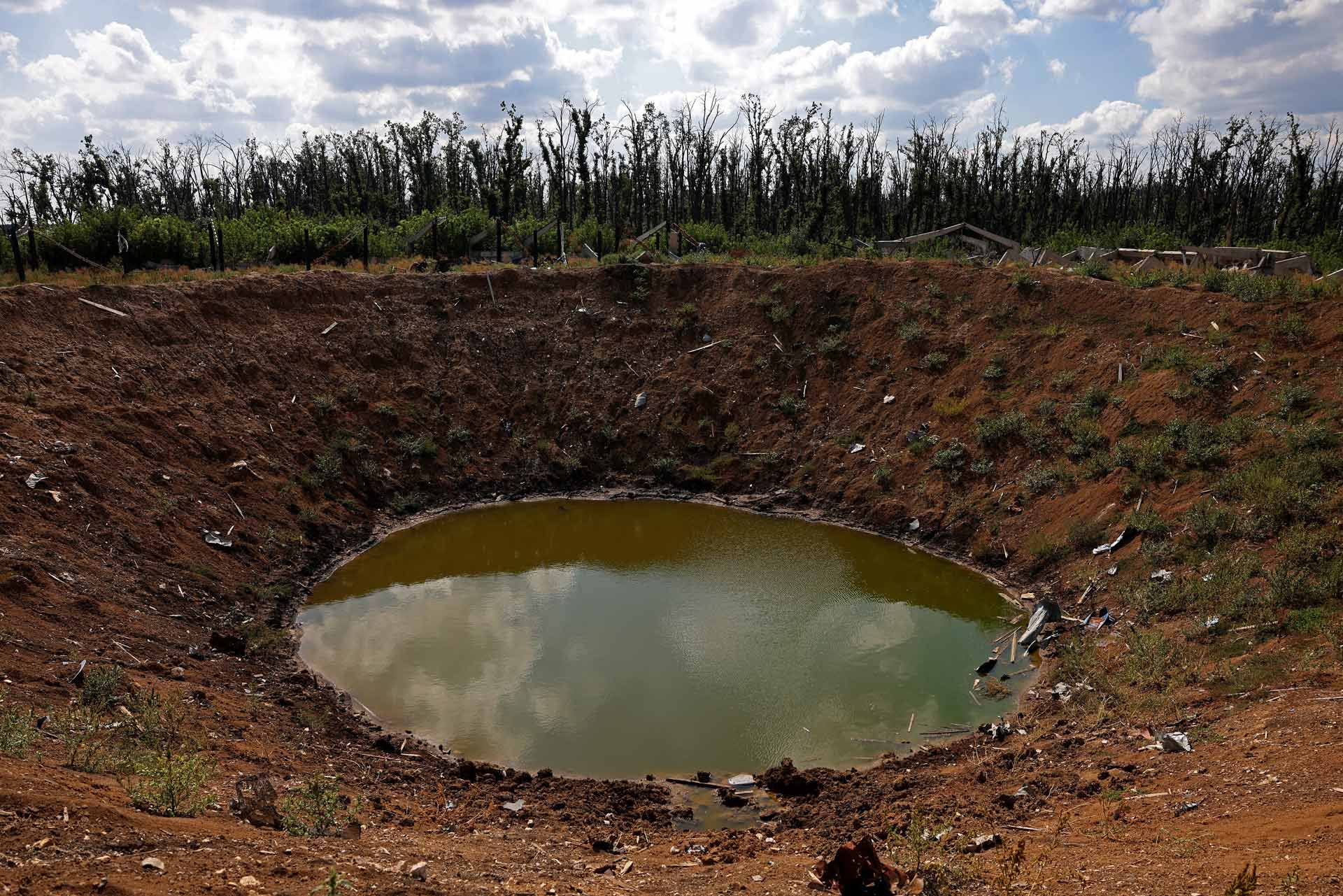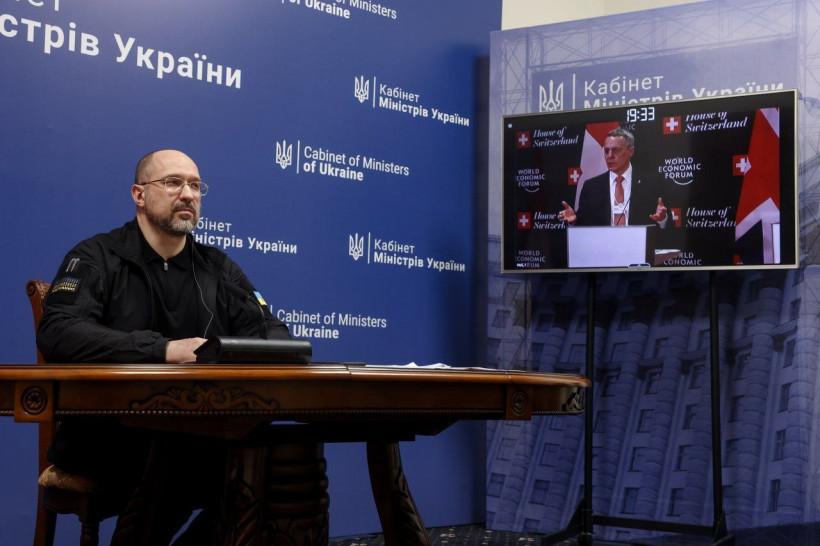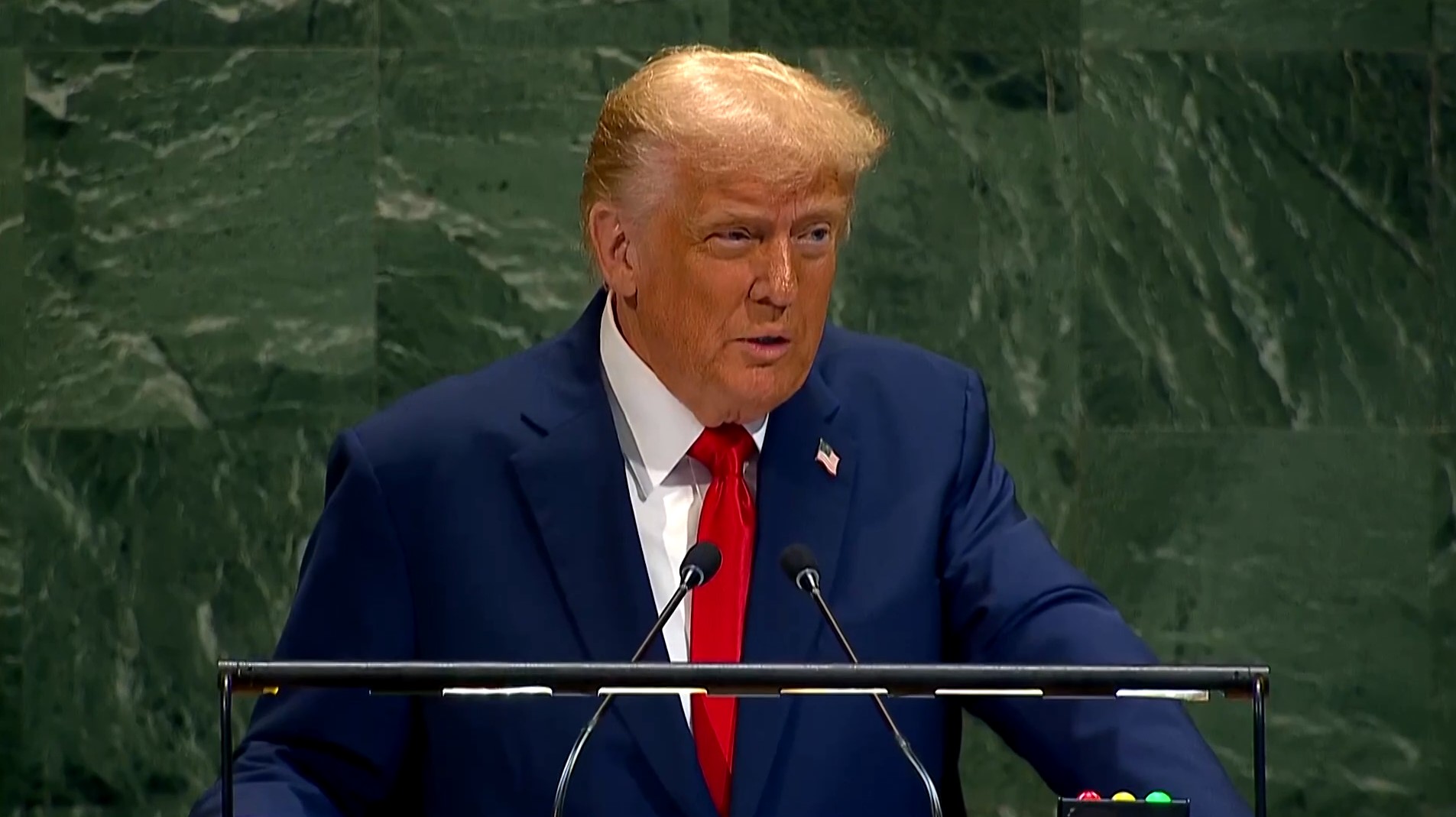The restoration of Ukraine's agricultural soils after the war will cost at least $20 billion, which amounts to about 15% of the country's GDP before the invasion.
This is according to the findings of a study by Wageningen University & Research.
The actual cost is likely to be even higher, according to Professor Wilfred Dolfsma, a business management and organization expert at Wageningen University & Research (WUR).
"This estimate doesn’t include costs for machinery, fuel or labour. Estimating those factors is too speculative. The cost of removing contaminated soil, for example, depends on things like the accessibility of the fields and rainfall interrupting the work," he explained.
The researchers first analyzed landscape damage using high-resolution satellite imagery. They then calculated the cost of soil inspection, demining, filling in craters, and other steps required for agricultural recovery. At least $2 billion will be needed just for Kharkiv region. In addition to Kharkiv, nine other regions were affected, and the costs for them will be similar.

In soil science, the formation of craters and soil mixing by explosive munitions is called bombardment. Explosive munitions, such as rockets and artillery shells, contaminate the soil with chemicals and heavy metals. Recent studies in Ukraine have shown a sharp increase in soil contamination levels with metals such as cadmium, copper, and zinc, as well as fuel products. Another often overlooked consequence of the war is the destruction of windbreaks. Scientists have listed only a portion of the problems that will need to be addressed by those involved in soil restoration.





















